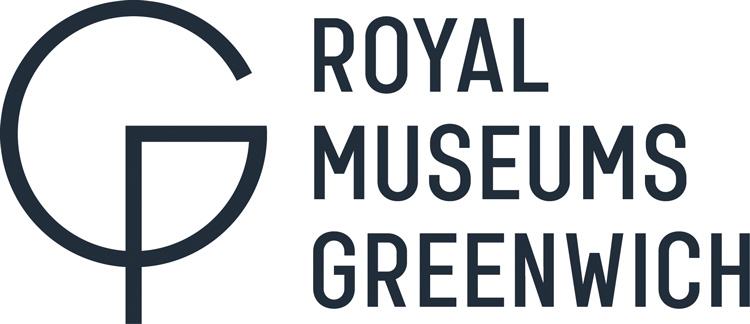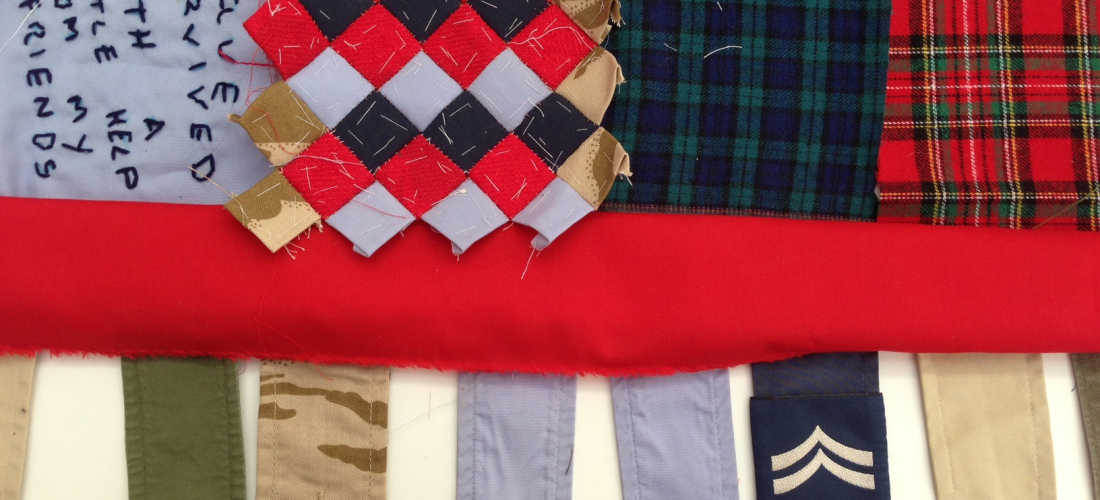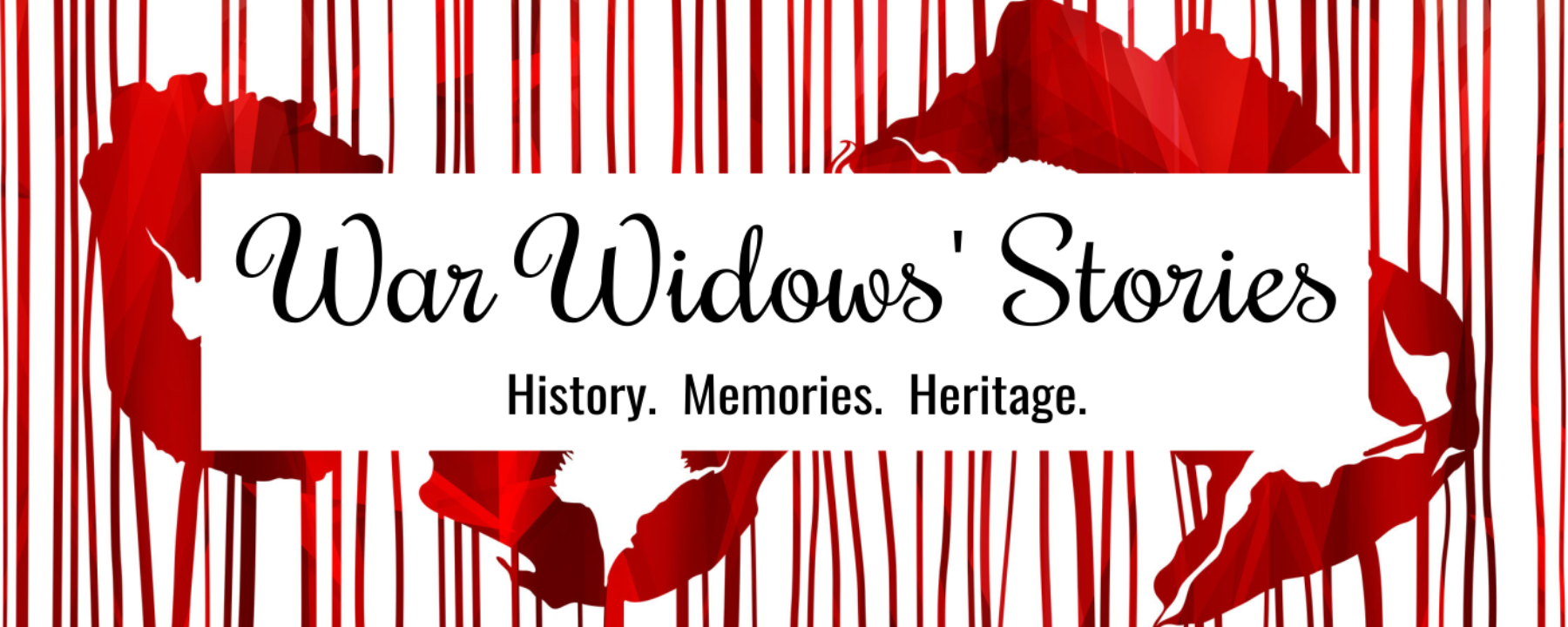On 9 November 2018, the Queen’s House in Greenwich is hosting a remembrance reception to mark major new collaborations for the War Widows’ Stories project, a venture run in partnership between Dr Nadine Muller (Senior Lecturer in English Literature & Cultural History, Liverpool John Moores University) and the War Widows’ Association of Great Britain.

Every year, the nation commemorates the lives and sacrifices of those who have fought and fallen in service for their country, but little is known about the lives and experiences of the wives and families that service personnel and veterans leave behind. The British public commonly imagine war widows to be elderly women who lost their husbands as a result of active combat in the Second World War, surrounded and supported by family, friends, the armed forces, and the state. While this applies to some women, it by no means describes the majority of Britain’s war widows.
War Widows’ Stories raises awareness of the everyday lives of war widows past and present by giving them the opportunity to tell their stories through interviews and art, and by creating resources that are freely available online to illustrate how war widows’ lives have changed over the centuries. Funded by the Arts & Humanities Research Council (AHRC), the British Academy, Arts Council England (ACE), and the Heritage Lottery Fund, War Widows’ Stories records the extraordinary circumstances war widows have faced in the past and continue to face today, shedding light on the range of practical, psychological, economic, and social challenges they encounter on a daily basis.
At the Queen’s House, Nadine will mark the beginning of the latest and most significant phase of this important cultural history project. Thanks to funding from the AHRC and ACE, War Widows’ Stories is now collaborating with artists Lois Blackburn and Philip Davenport (arthur+martha) as well as with Royal Museums Greenwich, the Imperial War Museums, and the National Memorial Arboretum to enable women to tell their stories through art, in the form of quilting and poetry.

The beginnings of the war widows’ quilt by arthur+martha. Photo by Lois Blackburn.
There is also a long history of the making of textiles for soldiers, sometimes for military use, sometimes for basic survival, and sometimes as memorials or gifts. Whether knitting socks, or sewing elaborate memorial love tokens for troops in the First World War, or stitching flags, the makers of textile works are often an adjunct to war and are often women. Building on this rich history, arthur+martha will help war widows transform their experiences into art in a series of group workshops, home visits, and through mail art.
 The individual squares of the new war widows’ quilt and each individual poem will combine into a larger, collective story of war widowhood and of the lives of war’s forgotten women. Art allows people to express their experiences in less direct and more abstract terms. Lois Blackburn said: “This creative work stimulates and challenges. But, of course, artmaking goes much deeper than this. It allows the maker to frame their experience in a new way, to see themselves differently, to hear themselves differently, to form new narratives and new perspectives. It can distract from distress and can bring a deep sense of release.”
The individual squares of the new war widows’ quilt and each individual poem will combine into a larger, collective story of war widowhood and of the lives of war’s forgotten women. Art allows people to express their experiences in less direct and more abstract terms. Lois Blackburn said: “This creative work stimulates and challenges. But, of course, artmaking goes much deeper than this. It allows the maker to frame their experience in a new way, to see themselves differently, to hear themselves differently, to form new narratives and new perspectives. It can distract from distress and can bring a deep sense of release.”
The war widows’ quilt and poetry will allow the project to reach new audiences by telling war widows’ stories in more visual and more succinct ways. Phil Davenport said: “Creative works convey aspects of a story that conventional written or spoken sources cannot, and, equally, they can engage audiences in ways that may not be possible through more traditional means.”

Dr Nadine Muller. Project Leader. Senior Lecturer in English Literature and Cultural History. Liverpool John Moores University.
Nadine Muller, whose work on the history of widowhood in Britain has been covered in programmes for BBC Radio and BBC Arts, adds: “These creative pieces will play a significant part in creating an innovative, accessible history of war widowhood in Britain. It is crucial that the stories of war’s forgotten women are told, recorded, researched, and brought to the public’s attention, so that we can dispel the myths that continue to surround war widowhood today and gain a better understanding of the effects of conflicts past and present.”
For further details about the project and events visit: www.warwidowsstories.org.uk.
**********
Note to editors
Contact. Dr Nadine Muller (n.muller@ljmu.ac.uk)
arthur+martha. As arthur+martha, Lois Blackburn and Philip Davenport have pioneered ways of working unique in arts and health. They use experimental writing and art to help self-expression, and work with communities who are often marginalised, including homeless people, older people, and those living with dementia. To have a voice and be heard is a powerful human need. By helping to achieve this arthur+martha boost people’s wellbeing and promote understanding in wider society. Their project The Homeless Library launched at The Houses of Parliament and the Southbank in 2015-2017. Stitching the Wars saw exhibitions across Derbyshire in 2016-17 and won a Foundation Derbyshire Award. Arthur+martha have also presented evidence to an Arts and Health All Party Round Table at the House of Lords in 2016 and helped launch a subsequent major report in 2017.
Arts & Humanities Research Council. The Arts and Humanities Research Council (AHRC) funds world-class research in a wide range of subjects: ancient history, modern dance, archaeology, digital content, philosophy, English literature, design, the creative and performing arts, and many more. Each year the AHRC spends approximately £98m to fund research and postgraduate training often in collaboration with partners. The quality and range of research supported by this investment of public funds provide considerable economic, social and cultural benefits to the UK. The AHRC has more than 50 disciplines within its remit. Since receiving its Royal Charter in 2005, the AHRC has made a total of more than £700m of funding available for arts and humanities research.

Arts Council England. We champion, develop and invest in artistic and cultural experiences that enrich people’s lives. We support activities across the arts, museums and libraries – from theatre to digital art, reading to dance, music to literature, and crafts to collections. Between 2018 and 2022, we will invest £1.45 billion of public money from government and an estimated £860 million from the National Lottery to help create these experiences for as many people as possible across the country.

Imperial War Museums. IWM is a family of five museums and historic sites covering war and conflict from the First World War to the present day. Our sites and unique collection of objects tell the human stories of lives engulfed in war and show how conflict has shaped the world in which we all live. Our museum sites include IWM London, IWM North in Manchester and IWM Duxford in Cambridgeshire. In addition we offer two historic experiences in London: Churchill War Rooms in Whitehall and the Royal Navy ship HMS Belfast which is permanently moored on the Thames. IWM was founded in the midst of the First World War with a mission to preserve and tell the stories of all kinds of people, not only from Britain but from the countries of its empire. And we continue to do this work right up to present day conflict, covering 100 years of experience throughout the Commonwealth. As well as our permanent displays, we have a dynamic programme of temporary exhibitions, events and educational activities to help our visitors to get close to the lives of those affected by war and to develop a deeper understanding of its effect on the world. We are partly funded by government but also need volunteers, donations, sponsorship and income from our shops and commercial activities to sustain our work. We also have a membership scheme, which is an ideal way to lend us support, while getting the best value access to all five of our sites.
Liverpool John Moores University (LJMU). Liverpool John Moores University is one of the largest, most dynamic and forward-thinking universities in the UK, with a vibrant community of 25,000 students from over 100 countries world-wide, 2,500 staff and 250 degree courses. LJMU is celebrating its 25th anniversary of becoming a university throughout 2017/18 and has launched a new five-year vision built around four key ‘pillars’ to deliver excellence in education; impactful research and scholarship; enhanced civic and global engagement; and an outstanding student experience. https://www.ljmu.ac.uk/

Royal Museums Greenwich, the National Maritime Museum, & the Queen’s House. A top-10 UK visitor attraction, Royal Museums Greenwich is home to the Royal Observatory Greenwich, the iconic historic sailing ship Cutty Sark, the National Maritime Museum and the Queen’s House art gallery. All our attractions are located within easy walking distance of each other within a UNESCO World Heritage Site. Ten years in the making, the National Maritime Museum was opened by King George VI on 27 April 1937, with the Museum’s name having been suggested by Rudyard Kipling. Since then, we have grown to boast the most important holdings in the world on the history of Britain at sea, including maritime art, cartography, manuscripts, official public records, ship models and plans. In 2011 the National Maritime Museum opened the Sammy Ofer Wing, the largest development in our history to date. The wing includes a special exhibitions gallery and cafe with outdoor terrace. We also have a café and a brasserie with views over Greenwich Park, and a modern library and archive that make our world-renowned collection accessible to a much larger audience. The Queen’s House in Greenwich is one of the most interesting buildings in the country. It is important architecturally as the first Classical building in the UK, and it is famous for its former occupants and art collection. The famous architect Inigo Jones was commissioned to design the building in 1616 by King James I’s wife, Anne of Denmark. The Queen’s House was completed around 1636 and is considered remarkable for its break with the traditional, red-brick Tudor style of building, and for its elegant proportions and the high quality of its interiors. It was the first fully Classical building in England. It was used by members of the royal family until 1805, when George III granted the Queen’s House to a charity for the orphans of seamen, called the Royal Naval Asylum. This remained until 1933, when the school moved to Suffolk. It was taken over by the National Maritime Museum in 1934. The Queen’s House is famous today for its extraordinary art collection including works by Great Masters such as Gainsborough, Reynolds, Turner and Hogarth.
War Widows’ Association of Great Britain. The Association was formed in 1971 and today has around 3,000 members. Its original aim was to fight for the removal of the tax burden from the War Widows’ Pension. An article in a Sunday newspaper in 1971 highlighted the plight of Britain’s “forgotten women”. Laura Connelly, who returned to live in this country from Australia, where the War Widows’ Pension was tax free, refused to pay tax and found herself in dispute with the Inland Revenue. The fourteen women who supported her formed the Association under the first chairman, Jill Gee. Partial success was achieved in 1976 with the removal of half the tax and the remainder went in 1979. The Association became a registered charity in 1991, and it achieved one of its main aims in 2015: parity of pensions for all war widows. The Prince of Wales is the WWA’s patron, and its Vice Presidents are the Rt. Hon. Viscount Younger of Leckie and Baroness Garden of Frognal. The President of the WWA is Baroness Fookes, DBE, DL. The WWA is managed by a committee of trustees. It does not have any paid staff or permanent offices.

